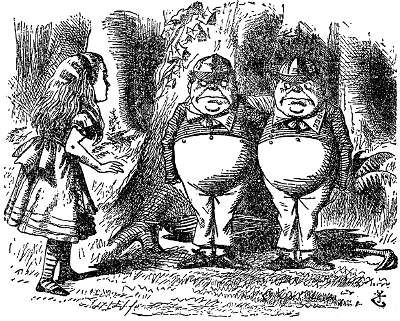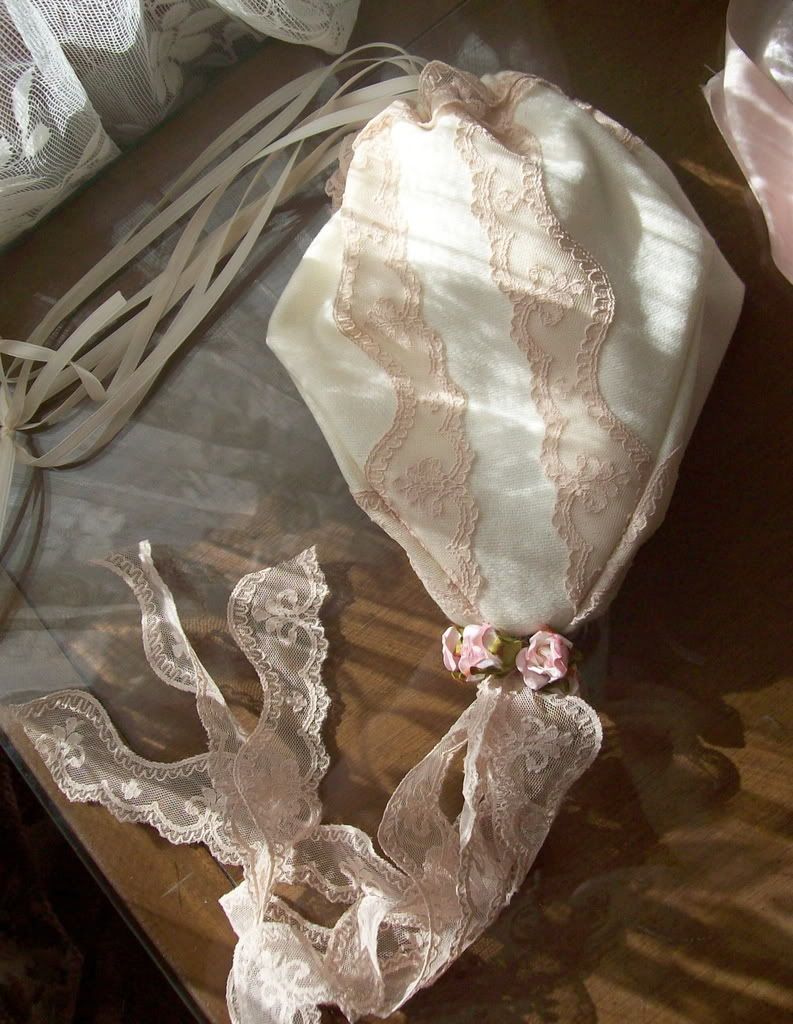I started my research by reading the play of Toad of Toad Hall by A.A Milne and picking out all the adjectives that describe Mr Toad. I then got their definitions to get a wider look at his character, and the main ones being:
Eccentric,
Unconventional,
Whimsical,
Impulsive,
Rash,
Debonair (meaning Confident, Stylish and Charming.)
Also whilst reading the play I thought that Mr Toad was very misunderstood. Although many of the adjectives I found seem to describe a big headed, pretentious mad little toad I actually chose to ignore them. I see Mr Toad as a sweet older man living on his own that loves nothing better than to share his new purchases and ideas with his friends. In the past this was read as showing off but I think he is genuinely excited to show his friends his new things as he thinks they would really be interested, and he would always be there for a friend in need and make sure they were properly looked after in his home.
















































